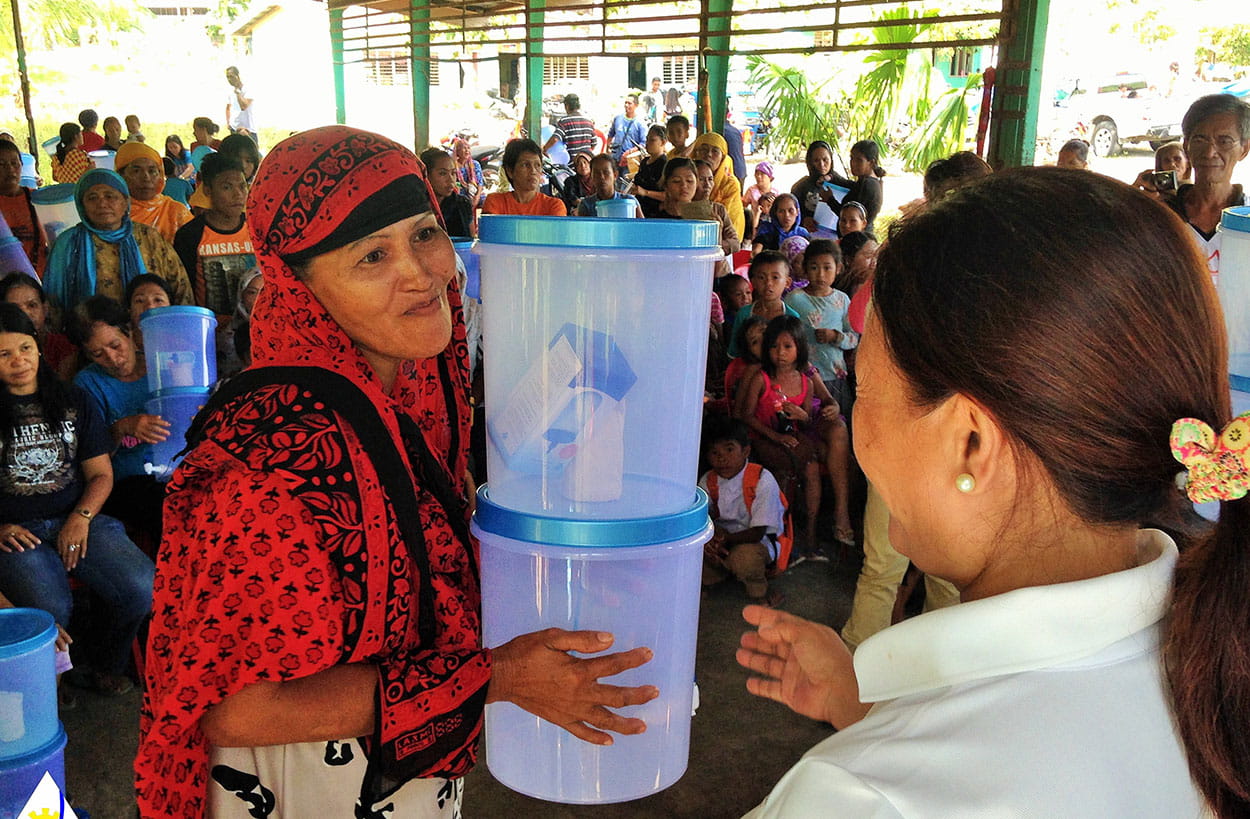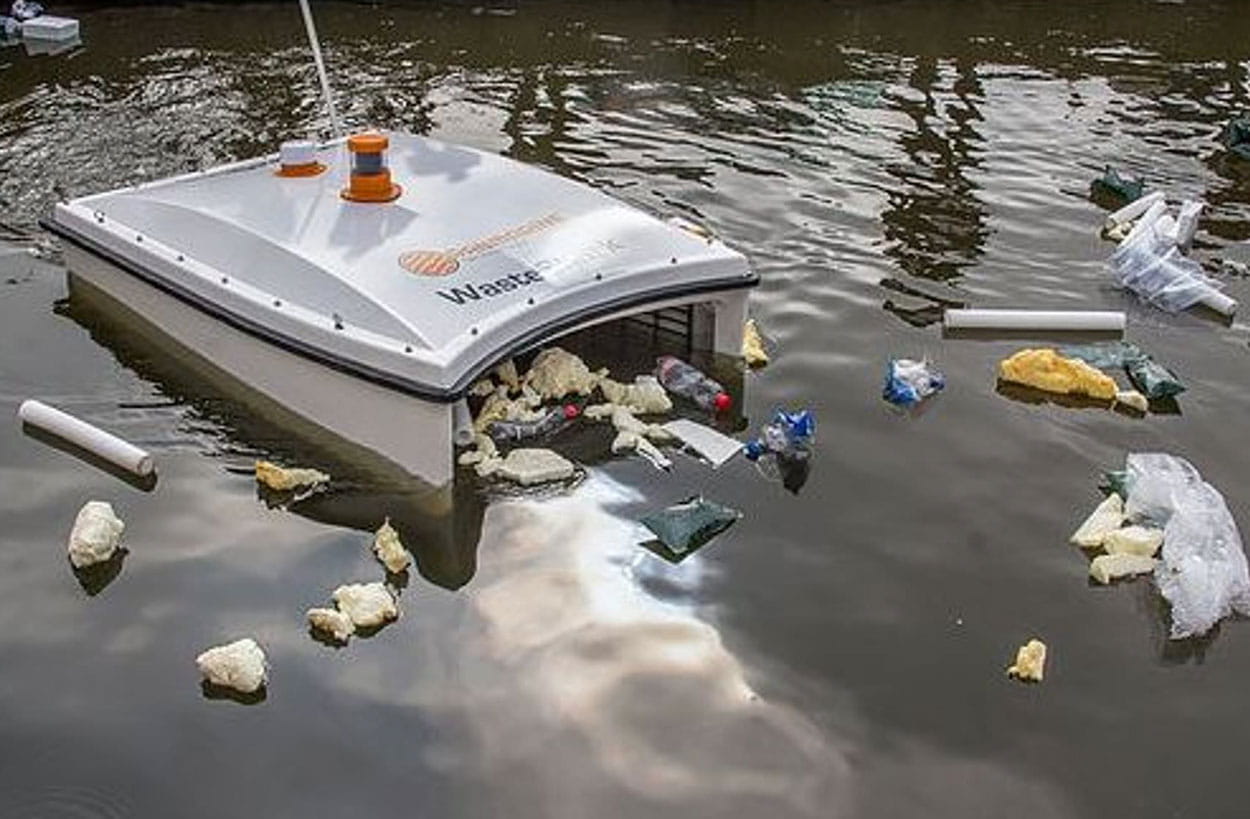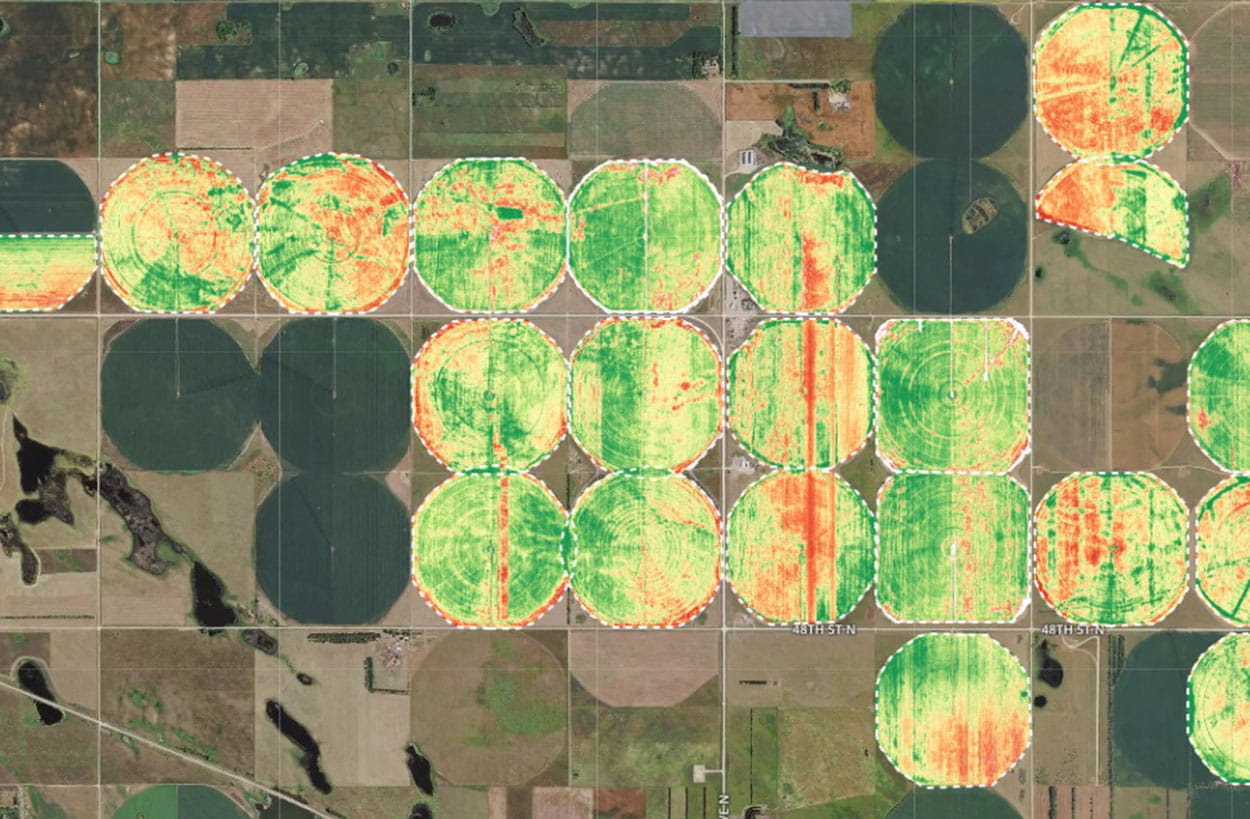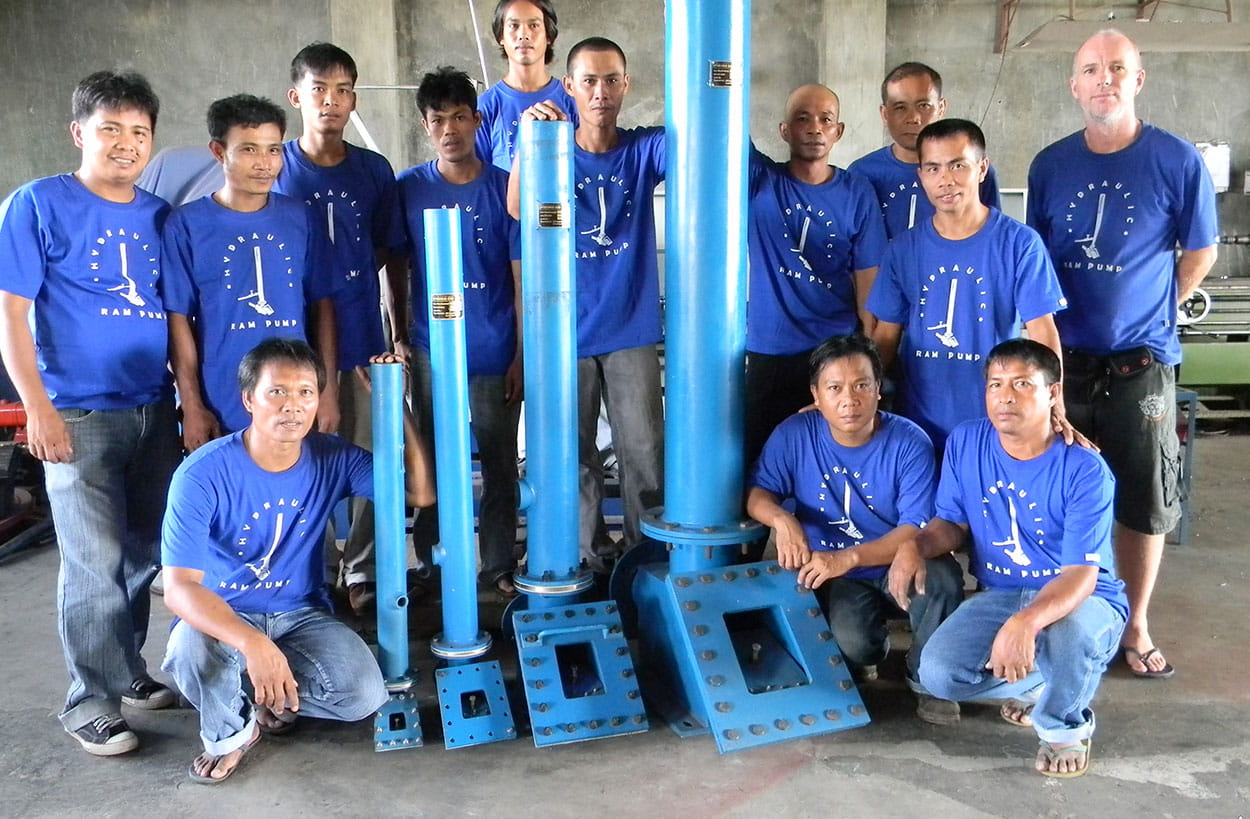As global water demand is projected to increase by 55 per cent, by 2050 – in large part, due to growing demands from manufacturing, (400% increase) – more than 40 per cent of the global population is projected to be living in areas of severe water stress, by 2050 . Similarly, water quality continues to decline in many communities , due to a worsening water pollution problem – which impacts the health of entire freshwater ecosystems and the people who live in them. To tackle these complex water challenges, the 2020 Zayed Sustainability Prize (Water Category) finalists have developed a range of innovations and solutions – ensuring that communities around the world continue to make progress towards the 17 UN Sustainable Development Goals (SDGs). In particular, these are SDG3, SDG6 and SDG14, which call for good health and well-being, clean water and sanitation, and preserving life below water, respectively.
In the Q&A that follows, the 2020 Water Category finalists, along with Vice-Chair of the Prize Jury, Dr. Han Seung-soo, provide expert commentary on these important solutions – with a focus on the humanitarian and ethical implications of new technologies.
1) While distributed solutions to address water scarcity and quality can empower individuals and communities— to what extent does your organisation account for the transitions needed from traditional methods, to enhanced technologies or infrastructure.
Oliver Cunningham, Co-founder at RanMarine Technology:
This is a serious ethical consideration for us, especially as it relates to the job security of many low-skilled workers. We have designed the WasteShark aquadrone to (1) complement and improve existing jobs, not to replace them, and (2) enable local government to create new jobs in places where low-skill or low-income job seekers could not work before. The drone requires no special licensing or certification to operate (and is shown to be safe for both humans and animals) so it can be deployed anywhere in the world. Through the WasteShark, which swims through water collecting trash and debris, trash collectors become drone operators instead, and the drone gives this person a huge productivity boost (one single drone can collect 500 kg of marine waste in a regular working day). WasteShark makes this type of work easier, more enjoyable and less stressful – this means that the employee takes less stress home at the end of the day, which has benefits for their home life as well.
John Bourne, VP of Marketing at Ceres Imaging:
The solution we have developed uses proprietary spectral imaging sensors and artificial intelligence (AI)-based analytics to optimise water use in agriculture. The transition to this technology is being facilitated through partnerships with local government agencies, such as resource conservation districts, which often subsidize the cost of adoption to growers. This lowers the risk on their end and encourages faster adoption. Additionally, unlike other AI driven technologies, at Ceres, we believe our technology is additive. This means that the technology is bringing to bear an entirely new set of knowledge for agricultural experts, instead of replacing existing systems with more efficient ones. Our solution is a tool that helps farmers solve problems with confidence, rather than being a tool for replacing anyone working on the farms.
Auke Idzenga, CEO of AIDFI:
The new hydraulic ram pumps systems AIDFI has installed for drinking, household use, as well as crop irrigation, are not a mere technical intervention, but a complete holistic approach through which the community or farmer(s) obtain a sense of ownership or complete control over the technology. Therefore, they are empowered to take charge of their own livelihoods. Prior to the installation of these systems, manual fetching limited upland villagers’ daily water use to around 40 litres/household. This number has now increased tenfold. In the case of upland farms, the hydraulic ram pumps have allowed farmers to irrigate their crops whenever needed, as opposed to relying solely on rainfall, thereby doubling production rates when managed properly.
2) What are some of the key humanitarian implications of your organisation’s solution/innovation in the long-run?
Oliver Cunningham, Co-founder at RanMarine Technology:
RanMarine’s business model was explicitly designed to add value, both socially and environmentally, alongside commercial outcomes. WasteShark is a low-cost tool for communities to keep their water clean. Cleaner water improves the macro-health of society, which further reduces society’s total transaction costs. Any public money saved in this way can be reinvested back into the local community via other social upliftment initiatives. Also, with cleaner beaches and rivers and public spaces, people’s overall happiness improves, which drives enhanced self-esteem and better social cohesion. In addition to this, when water is healthier, plant and animal life thrives, and nature becomes more resilient and vibrant. Because success breeds success, such improvements cause people to take an even greater interest in environmental concerns, which is the best long-run outcome for humanity.
John Bourne, VP of Marketing at CERES Imaging:
The implications of the solution we offer are primarily humanitarian, as CERES Imaging allows for efficient resource use; specifically, water, fertilizer and other agricultural inputs. This directly addresses climate change issues, as agriculture is currently responsible for approximately 25 per cent of all global greenhouse gases, and Ceres Imaging’s technology helps reduce carbon intensive contributors. Additionally, there are soft benefits to the farmers themselves, as this tool helps farmers deal with uncertainties around weather, markets, and more.
Auke Idzenga, CEO of AIDFI:
Communities that are empowered through water associations can create more development opportunities for themselves, as they learn how to properly approach entities such as NGOs, government authorities, and other agencies for further assistance. Additionally, the increased volume of clean water improves health and sanitation, which has a domino effect on quality of life. Similarly, the increased productivity of farms and villages leads to a decrease in hunger and poverty rates, lessening the migration of younger people from uplands to the cities, due to a greater number of opportunities within the communities themselves. Governments are also paying greater attention to renewable energy-powered hydraulic ram technology, which has led to embedding the technology in their own programmes and providing greater financing opportunities for people to avail of the ram pump.
Through AIDFI’s advocacy on Social Enterprising and by serving as a model of a successful Social Enterprise, the organisation is triggering greater attention to this field — and hopefully to the establishment of other Social Enterprises. To date, AIDFI has installed pumps in around 530 villages and farms, benefitting approximately 265,000 people.
3) Most of the world’s rapidly growing cities are in low-income countries where authorities and utilities can have limited capacity to plan for and control urban expansion and its impact on water demand. How can water consumption can be reduced and supplies made more reliable in areas such as these?
Dr. Han Seung-soo, Vice Chair, Zayed Sustainability Prize Jury:
In managing the water problem, developing countries with rapidly expanding urban cities should make use of Smart Water Grid (SWG) technology, collaborative technology between traditional water management, and ICT. The concept is to cope with water shortage through the scientific implementation of demand control and effective distribution in the area of water resources management. Especially the improvement of water quality and the optimization of water infrastructure through monitoring water quantity and quality in the underground pipeline system including water treatment plants will be able to effectively improve the direct drinking rate from tap in the public water supply system. The reliability between suppliers and customers can be drastically increased through the application of the ICT. Fortunately, we are now living in the world where the ICT is easily obtainable even in developing countries.
.svg?iar=0&hash=670E3638BC16C0DD69B262DD1184DEA8)




